So, unbeknownst to me, hRgn can take an irregular shape (and DwmEnableBlurBehindWindow takes an hRgn, but I knew that). So, here's my solution that's (more or less) compatible with WPF:

...and source code:
MainWindow.xaml:
<Window x:Class="IrregularGlassWindow.MainWindow"
xmlns="http://schemas.microsoft.com/winfx/2006/xaml/presentation"
xmlns:x="http://schemas.microsoft.com/winfx/2006/xaml"
Title="MainWindow"
Height="500"
Width="500"
Background="#01FFFFFF"
AllowsTransparency="True"
WindowStyle="None"
ResizeMode="NoResize">
<Window.Clip>
<PathGeometry>
<PathFigure StartPoint="250,0">
<ArcSegment Point="250,500"
RotationAngle="180"
Size="250,250"
SweepDirection="Clockwise" />
<ArcSegment Point="250,0"
RotationAngle="180"
Size="250,250"
SweepDirection="Clockwise" />
</PathFigure>
</PathGeometry>
</Window.Clip>
<Grid>
<Ellipse Margin="1"
Width="498"
Height="498"
Stroke="#8FFF"
StrokeThickness="1.25" />
<Ellipse Width="500"
Height="500"
Stroke="#C000"
StrokeThickness="1"/>
</Grid>
</Window>
MainWindow.xaml.cs:
public partial class MainWindow : Window {
public MainWindow() {
InitializeComponent();
this.SourceInitialized += MainWindow_SourceInitialized;
this.KeyDown += MainWindow_KeyDown;
}
void MainWindow_KeyDown(object sender, KeyEventArgs e) {
if (e.Key == Key.Escape) this.Close();
}
void MainWindow_SourceInitialized(object sender, EventArgs e) {
var helper = new WindowInteropHelper(this);
var hwnd = helper.Handle;
var src = HwndSource.FromHwnd(hwnd);
src.CompositionTarget.BackgroundColor = Colors.Transparent;
WindowChrome.SetWindowChrome(this, new WindowChrome {
CaptionHeight = 500,
CornerRadius = new CornerRadius(0),
GlassFrameThickness = new Thickness(0),
NonClientFrameEdges = NonClientFrameEdges.None,
ResizeBorderThickness = new Thickness(0),
UseAeroCaptionButtons = false
});
GraphicsPath path = new GraphicsPath(FillMode.Alternate);
path.StartFigure();
path.AddArc(new RectangleF(0, 0, 500, 500), 0, 360);
path.CloseFigure();
var dbb = new DwmBlurBehind(true);
dbb.SetRegion(Graphics.FromHwnd(hwnd), new Region(path));
DwmApi.DwmEnableBlurBehindWindow(hwnd, ref dbb);
}
}
I think somebody else beat me to it, but here's how my solution works:
When the window's SourceInitialized event is fired, that means that we have a handle for our window. So in the handler of this function, I get the window handle. Then I make a call to a function I imported from dwmapi.dll called DwmEnableBlurBehindWindow. This basically turns transparent areas of the window into glass for a certain region. The DwmBlurBehind struct I got from pinvoke.net, and it converts a GDI+ System.Drawing.Region into an hRgn. The hRgn is passed to DwmEnableBlurBehindWindow, and it clips the transparent parts to the Region. In this case, I used a circle. Then the XAML is just the accent borders. It's worth noting that, for some reason, setting Window.Background to Transparent doesn't enable hit-testing when AllowsTransparency is true here. No idea why, but it probably has something to do with the code-behind.


